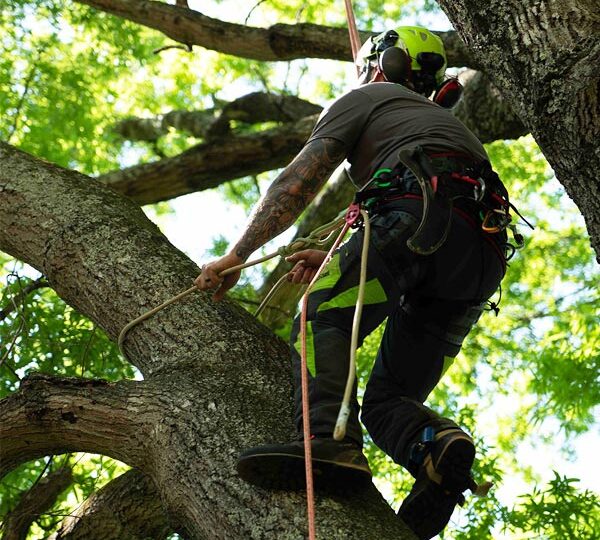
Pruning Perfection Enhances Tree Health in Tallahassee
Tree pruning is an essential service that ensures trees remain healthy and safe. Pruning stimulates new growth, enhances aesthetics and mitigates risks from storm damage or high winds.
Structural pruning entails the removal of damaged, diseased and dead branches as well as thinned out laterals that create wounding cycles leading to weak regrowth. When carried out properly, structural pruning may eliminate the need for corrective pruning later in the tree’s lifespan.
Air Flow
As our cities expand, urban canopies cover more and more land. The tree technicians at Tallahassee tree service (their website is http://www.tallahasseefltreeservices.com) recently told us how tree pruning can help maintain healthy growth in targeted areas of the canopy while simultaneously removing damaged or diseased branches, thin out overcrowded spots and improving air circulation.
Pruning can help a tree or shrub resist damage from wind and snow, maintain their desired shape and size, reduce pest infestation, and decrease disease outbreaks. Pruning also encourages new branch growth while filling in holes caused by storm damage or other causes – creating an overall more appealing appearance for its tree or shrub inhabitants.
Start by trimming away dead, broken or diseased branches as well as any that cross or rub together, before moving onto other tasks such as thinning lateral branches and suckers, as well as creating one main leader on shade trees with multiple leaders. Next up should be reducing limb density through setting clearance heights that meet City Code requirements or visual clearance, followed by considering radial branch spacing to prevent overshadowing among limbs while decreasing competition for water and sunlight.
Water Flow
Trees with wide limb spans and low centers of gravity tend to be more resilient in storm damage. To preserve this desirable form, it’s crucial to regularly trim and space trees properly.
Pruning should begin by removing dead, diseased, or damaged branches before moving on to crossing, rubbing, or weakly attached ones. Avoid topping or over-pruning as this places additional stress on the plant and may result in weak regrowth prone to disease and wind damage.
Training cuts can help shape a tree or shrub into its desired form, fill in an open area created by storm damage, or maintain a hedge. When making training cuts is essential as plants react differently depending on when pruning occurs and type of plant being pruned – late winter and early spring is generally ideal.
Fertilization
Trees require ample nutrients in their environment in order to thrive and perform at their best. Landscape fertilization adds these vital ingredients, increasing growth rates and improving plant health.
Nitrogen fertilization helps plants create fine roots that increase absorption of water and nutrients, as well as healing wounds quickly and spurring new growth in pruned trees. Nitrogen can be applied using soil probe, drenching or surface spraying methods.
Training a young tree involves light pruning of crossing or rubbing branches, removal of diseased or damaged limbs and gradual raising of lower branches to decrease wind damage risk and ensure airflow around a tree.
Rejuvenation pruning is an effective way to restore both health and beauty to various evergreen shrubs, including yew, arborvitae, and privet. This pruning technique uses both light and heavy pruning techniques in tandem in order to promote vigorous growth in shrubs.
Pruning Perfection
Trees in forests may be left to their own devices, but not when planted in yards and along streets and sidewalks. Their branches must be pruned regularly in order to promote optimal health and beauty – pruning removes dead or dying limbs while decreasing risk of infection or decay spreading through other parts of the plant. Furthermore, pruning promotes new growth while permitting sunlight penetration as well as restricting weak attachment points that could become hazardous during storms or strong winds.
Fielder’s horticulturists specialize in tree pruning to meet multiple goals, such as increasing views of water features, improving turf quality and preventing soil erosion, as well as providing sufficient sunlight for flowering. This is accomplished through heading cuts which force trees to direct carbohydrate production into their leader and suppress growth in branches with bark inclusions at their unions.